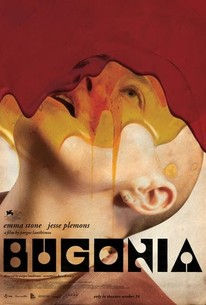Frankenstein refuses to die
- Robin Holabird

- Nov 7
- 2 min read
Though not the last word on Frankenstein, Director Guillermo del Toro puts in a good one. With variations of her novel going back to silent films, Mary Shelly’s 1818 allegory about a man who cobbles together dead bodies to fashion a live one reflects a variety of views from different decades. Del Toro’s falls into an empathetic take that sees the human Victor Frankenstein as much more of a monster than the creature he makes. Like popular comic heroes, this creature boasts superpowers

, including immense strength and quick ability to heal from massive injuries. Sure, he kills a few people, but not with evil intent or carnivorous appetite. Following author Shelly’s footsteps, del Toro’s screenplay involves a creature who helps explore questions about blame, responsibility, hubris, and more. Its social themes give the film a self-aware respectability, though del Toro happily slides into the kind of grand guignol events that spin Frankenstein into the horror category. Gory—yes, body parts do that. But more than blood, del Toro relishes sci-fi fantasy effects, his past successes with Oscar winners like Pan’s Labyrinth and Shape of Water giving him the credibility and budget to go full out with gorgeous effects and production values. And though the story’s title takes its name from the human character Victor Frankenstein, its cinematic impact comes from the mad doctor’s creation. Boris Karloff proved that way back in the 1930s and nearly 100 years later Jacob Elordi stands out in an emotional performance that shows the turmoil and vulnerability of a being who never asked for or wanted to exist. With much to admire about its insights and interpretations, del Toro breathes life into a story that refuses to die.


Comments